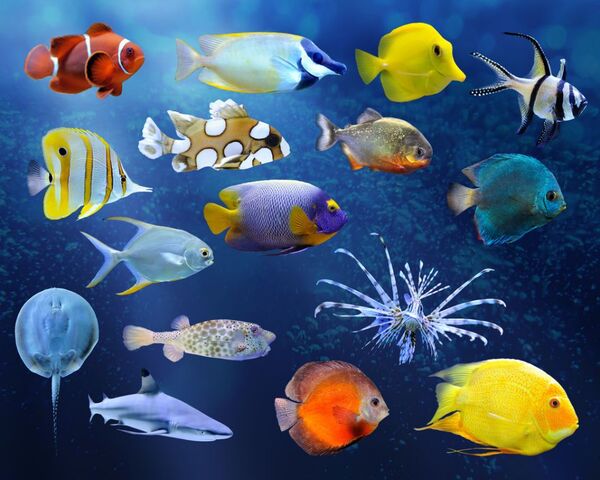Phytoplankton, the microscopic plants drifting in our oceans, are vital to marine ecosystems, forming the base of the aquatic food web. These tiny organisms harness sunlight to produce energy through photosynthesis, and they serve as a primary food source for a variety of aquarium/52-marine-animals.html">marine animals. Understanding which animals consume phytoplankton is essential for grasping the complexities of marine ecosystems.

Zooplankton are the first consumers of phytoplankton. This diverse group includes tiny animals like copepods, krill, and protozoans. Copepods, for instance, are among the most abundant zooplankton and play a crucial role in transferring energy from phytoplankton to larger aquarium/52-marine-animals.html">marine animals. Krill, a key species in polar regions, not only feeds on phytoplankton but also serves as a critical food source for many fish, seabirds, and whales. By consuming phytoplankton, zooplankton convert these primary producers into a more digestible form of energy, forming the foundation of the marine food web.
Small fish such as anchovies, sardines, and herring rely heavily on phytoplankton for their sustenance. These fish play a crucial role in the marine food web, as they are consumed by larger predatory fish, seabirds, and marine mammals. In particular, the life cycles of these small fish are closely tied to phytoplankton blooms, which provide the necessary nutrients for their growth and reproduction. For example, during certain seasons, an increase in phytoplankton leads to a corresponding spike in small fish populations, highlighting their interdependence.
Filter feeders, such as bivalves (clams, mussels, and oysters) and some species of fish (like certain types of catfish), play a unique role in consuming phytoplankton. These animals filter water through their gills, trapping phytoplankton and other particulates for nourishment. By feeding on phytoplankton, they not only sustain themselves but also help maintain water quality and clarity in their environments. This filtering action can significantly impact local ecosystems, promoting healthier conditions for other marine life.
While larger predators, such as tuna, sharks, and seals, do not consume phytoplankton directly, they depend on smaller fish and zooplankton that do. This indirect relationship is crucial for understanding the trophic dynamics of marine ecosystems. The health of phytoplankton populations directly influences the abundance of zooplankton and small fish, which in turn affects larger predatory species. This interconnectedness underscores the importance of a balanced ecosystem where phytoplankton can thrive.
Phytoplankton are not only essential for marine life; they also play a significant role in global biogeochemical cycles. Through photosynthesis, phytoplankton absorb carbon dioxide and release oxygen, making them vital for regulating the Earth’s climate. Additionally, they contribute to the marine carbon cycle by sinking to the ocean floor after dying, sequestering carbon for long periods. Protecting phytoplankton populations is essential for maintaining both ocean health and global climate stability.
In conclusion, phytoplankton are consumed by a variety of animals, primarily zooplankton and small fish, serving as the foundation of marine food webs. Understanding the interrelationships among these organisms is vital for appreciating the ultimate health of our oceans. By recognizing the critical role of phytoplankton, we can advocate for their protection and the preservation of the ecosystems they support. A healthy ocean, thriving with phytoplankton, is essential for sustaining marine biodiversity and the well-being of our planet.
animal tags: fish
We created this article in conjunction with AI technology, then made sure it was fact-checked and edited by a Animals Top editor.